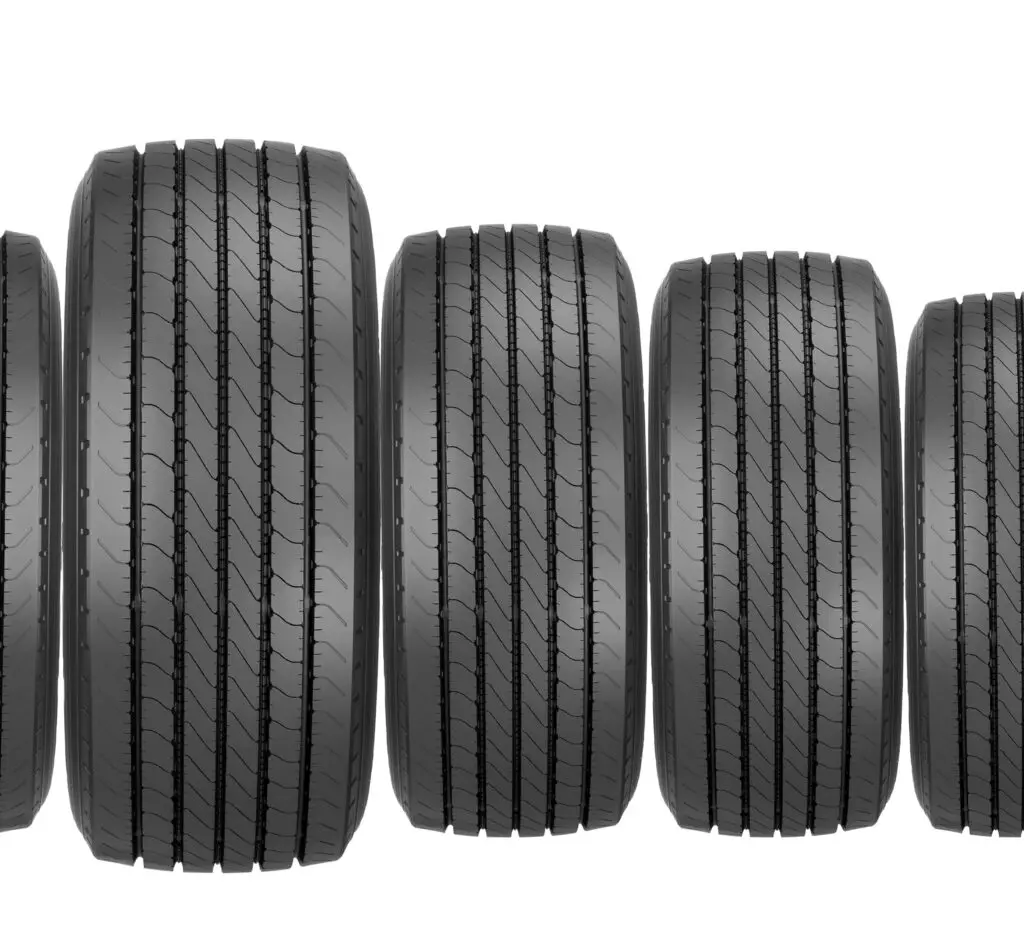When you glance at the sidewall of your tire, you’ll see a code that looks like this: 225/65R17 102H. To the untrained eye, it might seem like a random collection of numbers and letters, but in fact, this code contains everything you need to know about your tire. Understanding tire size, learning how to read the tire size, and knowing the tire size number meaning can help you make informed decisions when buying new tires, upgrading your wheels, or ensuring road safety.
Let’s break it all down and explore the meanings behind the most common tire specs, along with answers to popular tire-related questions.
H vs. T Speed Ratings: Which One is Right for You?
One of the most common questions about tires is whether an H or T rating is better. These letters refer to a tire’s speed rating, or the maximum speed the tire can safely handle:
- H: Rated up to 210 km/h
- T: Rated up to 190 km/h
The choice depends on your vehicle and driving style. If you drive a performance vehicle or do a lot of highway driving, an H-rated tire may be more suitable. If you’re mostly driving around town in an SUV or crossover, a T-rated tire offers a good balance of performance and longevity. Always consult your manufacturer’s guidelines when selecting tires.

Comparing Tire Sizes: 225/60R17 vs. 235/60R17
When you compare 225/60R17 with 235/60R17, the primary difference lies in the width. A 235 tire is 10mm wider than a 225 tire, which can provide improved traction and stability. However, wider tires may reduce fuel economy slightly and can sometimes cause rubbing issues in vehicles with limited wheel well space.
Understanding tire size and the tire size number meaning will help you make better decisions about upsizing or downsizing.
Can You Use 65 Series Tires Instead of 60?
The short answer is: it depends. The “65” and “60” in a tire size such as 205/65R16 or 205/60R16 refer to the aspect ratio of the tire’s height to its width. A higher number means a taller sidewall, which can impact your vehicle’s ride comfort, speedometer reading, and clearance. Always ensure the overall diameter remains close to your original spec. Anything beyond a 3% variance could affect safety systems like ABS and traction control.
This is why reading the tire size is crucial before replacing or swapping tires.
What Does LT Mean on a Tire?
If you see LT before the tire size (e.g., LT245/75R16), it stands for “Light Truck.” LT tires are built for heavy-duty use and are ideal for towing, hauling, and off-road use. They offer reinforced sidewalls and higher load capacity compared to passenger tires. If your vehicle is used for work or travel with heavy loads, opting for LT-rated tires is essential.
The Meaning Behind the “17” in 225/65R17
In the tire size 225/65R17, the number 17 refers to the diameter of the wheel (or rim) in inches that the tire fits. You cannot mount a 17-inch tire on a 16-inch wheel. This is one of the key aspects of tire size number meaning; each number plays a specific role in ensuring compatibility and performance.

How to Read Tire Sizes in Canada
In Canada, tire sizes follow the same international standards. You may also come across tires with sizes like 4.10-6, which are common on small trailers, wheelbarrows, or garden equipment. That size means a tire with a 4.10-inch section width and a 6-inch rim diameter.
Additionally, look for symbols like M+S (Mud and Snow) or 3PMSF (Three-Peak Mountain Snowflake) to ensure your tires meet provincial winter tire requirements in places like British Columbia or Quebec.
Also, an XL marking on a tire means “Extra Load,” indicating that the tire can carry heavier weight at a higher inflation pressure essential for larger vehicles like SUVs or vans.
Can You Mix and Match Tire Profiles Like 205/65R16 and 205/60R16?
While it’s possible, it’s not recommended. Even a small change in aspect ratio can affect rolling diameter, which in turn can interfere with systems like ABS or AWD. Always aim for uniformity across all four tires. Use the same size and spec to maintain performance, safety, and longevity.
Which Tire Is Wider: 205 or 225?
This one’s easy; 225 is wider than 205 by 20 millimetres. A wider tire can offer more traction, especially in dry conditions, and provide a sportier feel. However, it can also decrease fuel efficiency and increase road noise. Choosing the right width means balancing comfort, performance, and practicality.
How Much Taller Is a 70 Tire Than a 65?
Let’s say you’re comparing 225/70R16 to 225/65R16. Both have the same width, but the 70-series tire has a higher sidewall, making it roughly 11.25 mm taller on each side. This results in a total height difference of about 22.5 mm or nearly an inch. Again, make sure your vehicle has room for the change in height to avoid clearance issues.
Tire Size Number Meaning: Your Quick Reference Guide
Let’s decode 225/65R17 102H:
- 225 – Tire width in millimetres
- 65 – Aspect ratio (height is 65% of the width)
- R – Radial construction (most common)
- 17 – Wheel diameter in inches
- 102 – Load index (how much weight the tire supports)
- H – Speed rating (max speed the tire can handle)
By reading the tire size, you gain insight into the tire’s width, height, construction, and performance.
Final Thoughts: Don’t Guess, Read the Tire
From wondering what does 235/65R17 means to comparing XL vs. standard tires, all the answers are right on the sidewall. Learning the tire size number meaning, understanding how tire width and height work, and knowing which numbers to look for when reading the tire size can save you time, money, and headaches.
At Top Grade Tire, we make tire buying simple. Whether you’re driving in snowy conditions, towing heavy loads, or cruising the highway, our experts can help you find the perfect fit. Contact us for advice you can trust.

